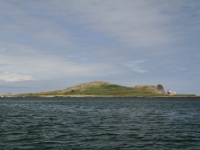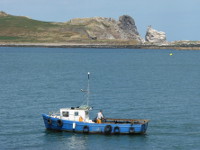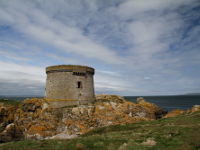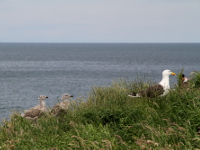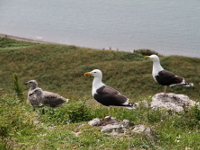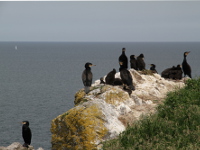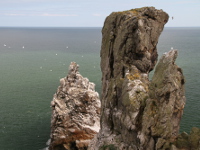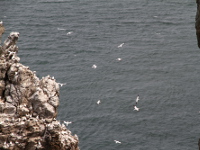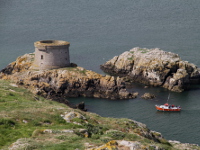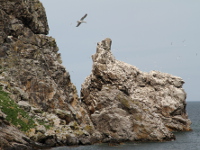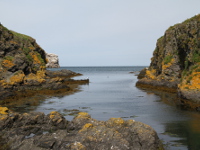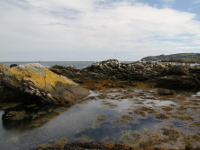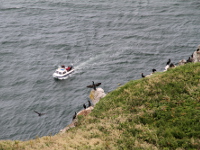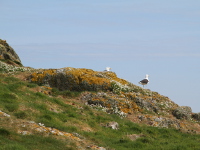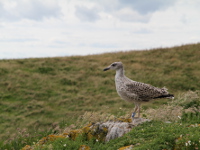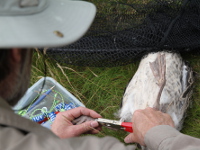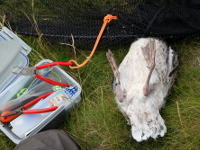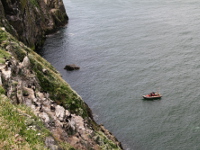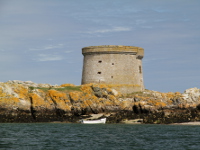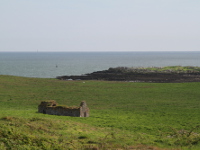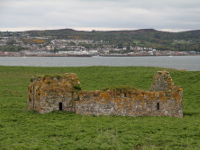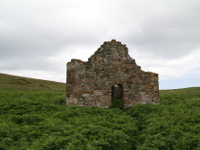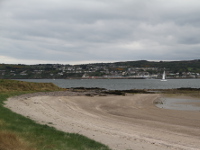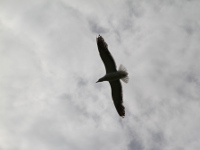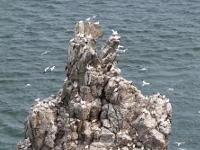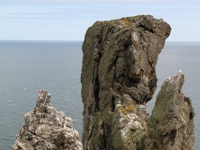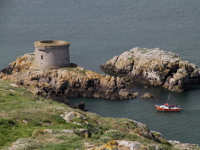
Irelands%20Eye
East Ireland | County Dublin
The Ireland's Eye is a small, uninhabited island located just a mile off Howth harbour in County Dublin. You will find there ruins of the Church of the Three Sons of Nessan founded in 8th century. There was created The Garland of Howth (also known as the Codex Usserianus Secundus) – manuscript, which contains the text of the four Gospels written in old Latin. The 86 vellum folios (made of the skin of a calf) which have survived are located in Trinity College in Dublin. The church was plundered by Vikings in the 9th and 10th century, but survived and functioned as parish church for Howth until 13th century. On the island is also located one of many Martello towers built at the turn of the 18th and 19th century to protect coast from the possible attack of Napoleon.
The Ireland's Eye is also renowned for infamous murder on September 6th 1852. William Bourke Kirwan, artist painter from Dublin killed his wife, Maria Louisa Kirwan and claimed that she drowned. The Ireland's Eye is also renowned for infamous murder on September 6th 1852. William Bourke Kirwan, artist painter killed his wife, Maria Louisa Kirwan and claimed that she drowned. The truth came to light very soon and he was charged and convicted of murder and sentenced to death. Later the punishment was changed to life imprisonment and then shortened to 27 years. His trial was a sensation in both Ireland and Britain.
Ireland's Eye is also renowned sea-bird sanctuary. In summer it's home to large numbers of breeding seabirds, including Sedge Warblers, Whitethroats, Oystercatchers and Ringed Plovers, Guillemots, Cormorants, Razorbills, Fulmars, Kittiwakes, Shags, Lesser Black-backed Gulls, Herring Gulls, Great Black-backed Gulls, Gannets and Puffins. Large freestanding rock called "the Stack", at the northeastern corner of the island became home for fifth biggest gannet colony in Ireland. The colony was established in the 1980s and since then there are a few hundred pairs breeding each year. The Grey Seals can also be seen around the island.
There is boat service operating in summer months departing every hour from east pier of Howth's Harbour. Price for the journey is 15e per adult and 10e per child.
Photos from Irelands%20Eye
